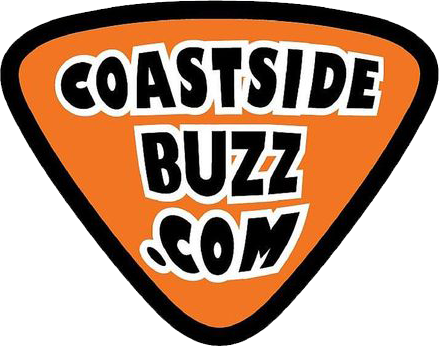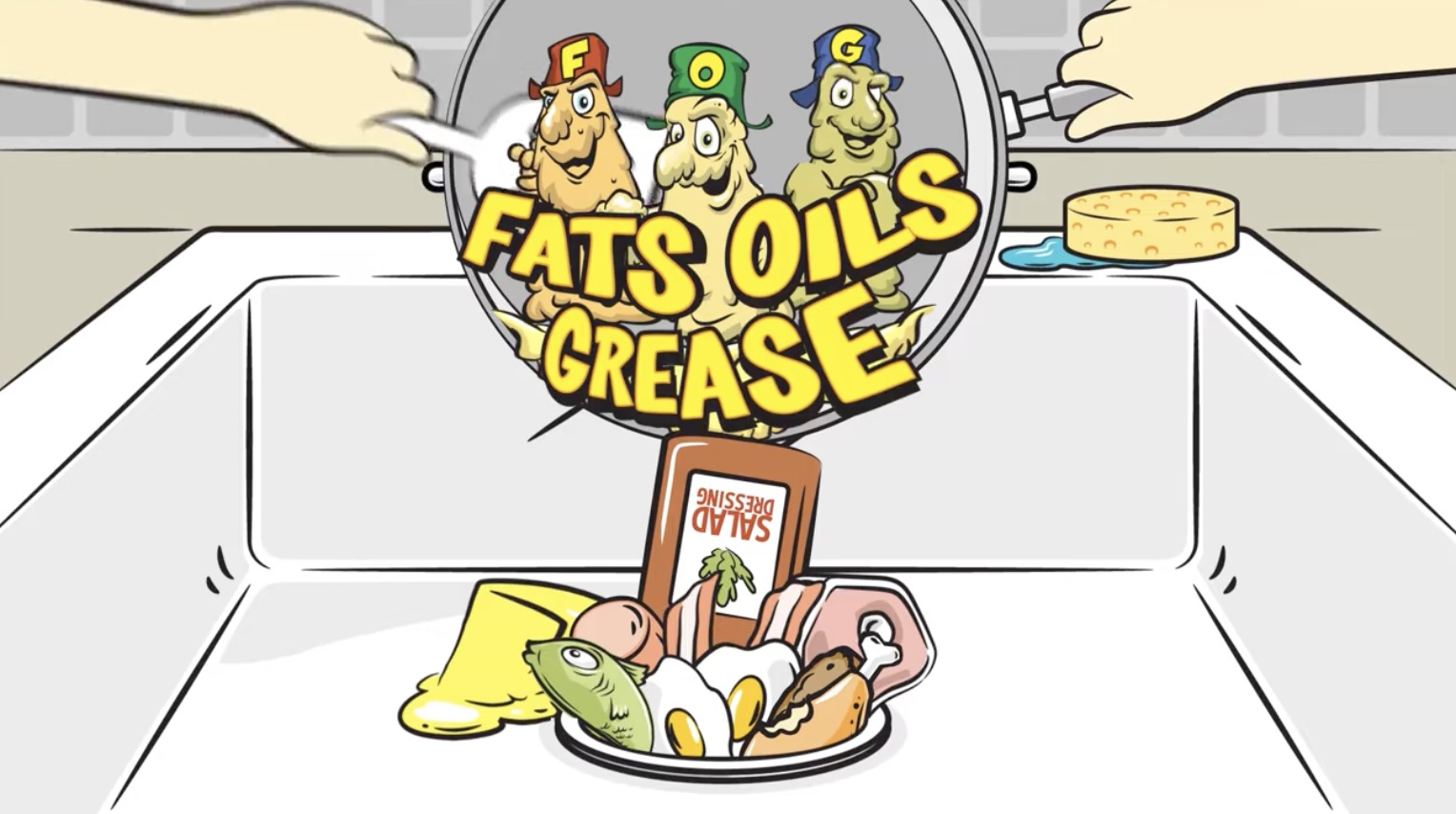|
Getting your Trinity Audio player ready...
|
SAM FOG VIDEO and PRESS RELEASE. Video from Sewer Authority Mid-Coastside and San Mateo County on November 20th, 2023.
PRESS RELEASE. At a lot just off Highway 101 and Woodside Road, Daniel Ver Linden popped open a 100-pound lid hiding an underground vault, lined with brick, dark, silent.
It’s not supposed to be silent.

He clicked on a flashlight. The light revealed a grayish mass running the length of the vault, then disappearing down a pipe beyond the light’s reach.
“We don’t want to see that,” Ver Linden said. “Ever.”
‘That’ is a layer of congealed fat, oil and grease over running water. Think a mountain creek running under snow bridges – only this creek is raw sewage and the snow bridges are the remains of deep fryers and greasy meals.
With Thanksgiving days away, Ver Linden, a veteran member of the County’s Public Works Department, provided an up-close tour of the threat to sewage systems from fat, oil and grease sent down the drain.
“It’s a liquid when you pour it down the drain,” Ver Linden said, “But when it comes in contact with cold water, it hardens up and eventually clogs the system and that causes SSOs – sanitary sewer overflows.”
And that means sewage backing up into streets, sinks and tubs.
To help residents enjoy a clog-free holiday (and avoid costly visits from the plumber), here are a few simple tips on how to avoid icky messes and keep the pipes clear.
First, what’s the problem?
Fats, oils and grease (known as FOG in the waste industry) come from meats, cooking oil, lard, shortening, butter and margarine, dairy products and more. These ingredients cool and cling to pipe walls. Over time, the buildup causes backups.
(The U.S. Environmental Protection Agency estimates that just under half of system overflows are caused by grease from homes and businesses.)
Keep your drain fat-free.
Scrape it, can it, cool it
and trash (or compost or recycle) it.

So, what’s the solution?
Here are some tips to make clean up easy and avoid clogged drains:
Never pour hot oil or grease into the sink.
In addition to oil and grease, FOG includes anything greasy and fatty like meat, lard, shortening, butter, margarine, dairy products, icing, dressing or gravy.
Food scraps containing FOG belong in your green compost (or organics) collection bin or, in the absence of a compost bin, in the trash.
Scrape food scraps from plates, pots, pans, and fryers into a kitchen pail or other container before washing dishes. Use paper towels to wipe off excess FOG and toss them in the pail/container too. Empty what you’ve collected in the kitchen into your green compost bin. Avoid the garbage disposal and use a strainer in the sink to keep food scraps out of the drain.
Recycle FOG if you are deep frying and using large quantities of oil, check with your garbage company, earth911.com or recyclestuff.org to learn how to recycle used cooking oil. Save an empty bottle to collect the grease.
“We always try to cover this topic around now,” said Teresa Montgomery, sustainability manager at the South San Francisco Scavenger Co., which recently published and mailed to customers a newsletter that included the headline, Deep Frying a Turkey?
To encourage proper disposal, the South San Francisco Scavenger Co. accepts used cooking oil for $2 a gallon at Blue Line Transfer Station. The usual $38 minimum charge for entering Blue Line is waived.
Check with your local waste hauler or transfer station for fees and specific policies.
Additional tips: As they say in the waste biz, flush only the three Ps: Pee, Poop and toilet Paper. Remember: flushing wipes clogs pipes.
“You can’t believe the stuff we find in our sewers, There’s toothbrushes, combs, rubber gloves, basically anything that people can flush down the toilet,” along with cell phones, batteries and more, Ver Linden said. “It all ends up clogging the pipe along with all of the grease and everything.”
Throw away products like expired dairy products, sunscreen, lotion and cosmetics in the trash. Those sanitary wipes that have grown popular don’t break down in the sewer system like toilet paper does. Instead, they combine with other wipes, hair, dental floss, rags and anything else someone may have flushed – along with fats, oils and grease — to create super blockages.
And remember: cold water congeals FOG, making buildup in pipes and sewer laterals. And that translates to higher maintenance and sewer rates.
The County operates 10 sewer districts in the unincorporated areas and some areas of incorporated cities. Call 650-363-4100 if you live in the 10 sewer districts and are experiencing or witness a sewer overflow.
Call your city’s department of public works or your sewer maintenance district if you live outside the unincorporated area.
Special thank you to Silicon Valley Clean Water, the South San Francisco Scavenger Co. and other agencies that contributed to this article.





